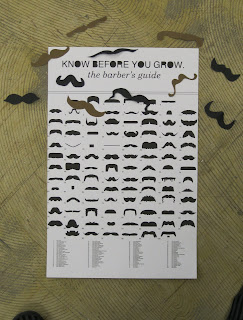End of Module Self-Evaluation
SOPHIE WILSON
OUGD104
VISUAL LANGUAGE
BLOG ADDRESS: www.s-wilson-ppd.blogspot.com
1. What skills have you developed through this module and how effectively do you think you have applied them?
I think that one of the most important things I have learnt through this module is the importance of time management. With having scheduled, timetabled sessions for this visual language module just one day a week, it could have been reasonably easy to put the work to one side, considering it something to be done “when I have the time”, etc, though, I am pleased to say that throughout the OUGD104 module, I have kept myself strictly timetabled and consistently on top of my work.
2. What approaches to/methods of research have you developed and how have they informed your design development process?
I feel that throughout this module I have really thrown myself into the research aspect of the design process- and as a result, have grown to actually really enjoy it. Enjoyment derived from the fact that I can see how much consistent and intense research can really develop and strengthen my ideas.
Throughout this module I have read a lot more, particularly in geography, cartography and astronomy (all according to specific designs) and feel really enriched by the extension of knowledge.
3. What strengths can you identify in your work and how have/will you capitalise on these?
I think that my Adobe Illustrator skills have significantly improved because of this module- for both the International Book Fair and What is a line briefs particularly requiring me to work on this software, and intensely, I now feel far more confident with the programme and look forward to now going on to explore more software programmes with a new level of confidence and assurance that persistence and hard work will undoubtedly help my skills development.
4. What weakness can you identify in your work and how will you address these more fully?
I would still like to see more variation in the design outcomes within my work- not so much as an aesthetic style, but by means of method of production- having the courage to try something new and planning enough time incase it doesn’t quite work out as I would have planned.
Whilst it is certainly a benefit that my confidence has developed in one software programme, I know that I must expand my design outcomes and consider other options- not always the most obvious one.
5. Identify five things you will do differently next time and what do you expect to gain from doing these?
1. Experiment more with methods of delivery and outcomes for a wider over-view.
2. Try to define more of a style within my work- what am I trying to say? What message do I want to visually put across to my audience?
3. Don’t over-complicate. In a few of my earlier visual language lessons and workshops I felt that ~concepts~ got in the way of my outcomes- don’t try and be clever.
4. Plan everything I do before I do it- this way, I will save more time, and hopefully, therefore, produce more potential design outcomes, and research more.
5. Be more abstract and experimental with my designs- even if I don’t use the designs, be more creative with my potential outcomes to get my brain really active and possibly able to seek a new, fresher design outcome than I had previously visualised.
7. How would you grade yourself on the following areas?
5=excellent 4=very good 3=good 2=average 1=poor
Attendance 5
Punctuality 5
Motivation 4
Commitment 5
Quantity of work produced 4
Quality of work produced 3
Contribution to the group 4
The evaluation of your work is an important part of the assessment criteria and represents a percentage of the overall grade. It is essential that you give yourself enough time to complete your written evaluation fully and with appropriate depth and level of self-reflection. If you have any questions relating to the self evaluation process speak to a member of staff as soon as possible.
























